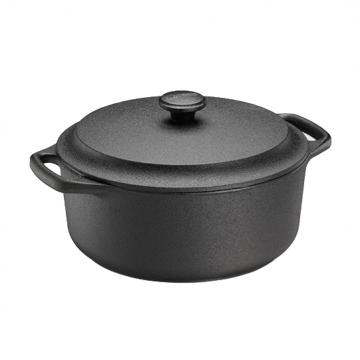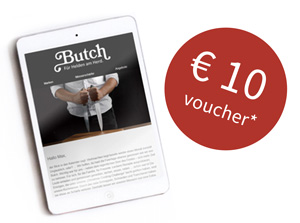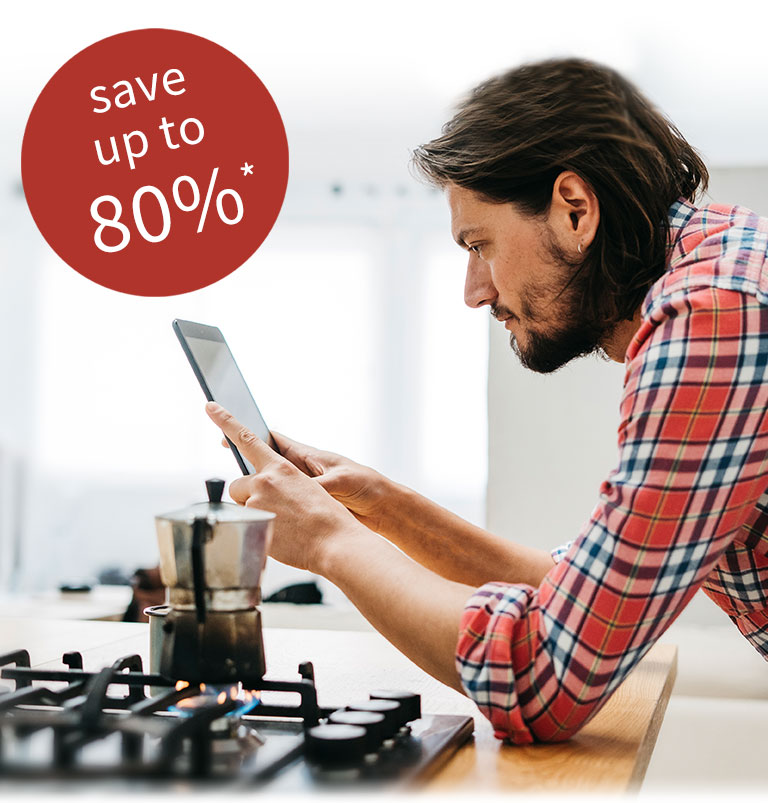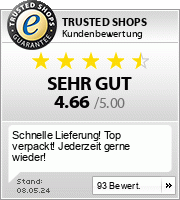
Roaster
You know the situation: There are occasions when a classic roast is a must! What would Christmas be without roast goose? Or holidays without pot roast? And in many families, it is still a tradition today: the Sunday roast. Even when you invite friends over, a roast is often THE perfect meal, as once it's prepared, it simmers away on its own, allowing you to focus on your guests instead of standing at the stove. A guarantee for good success here is the right cookware: the roaster.
The Roaster: A MUST for Your Kitchen
Before we delve into the advantages, materials, and shapes: What exactly is a roaster? A roaster is a pot with a low height, primarily used for braised dishes. Due to its lower height, less moisture evaporates during the cooking process compared to regular pots, and what does evaporate collects as condensation on the lid and drips back onto the food. This keeps the meat in the roaster juicy and prevents it from drying out. Roasters are also called cocottes, from the French "cocotte," which translates to "chicken." Chicken, because whole chickens can be prepared in these traditional braising pots. Sauté pans are also considered roasters in a broader sense, as they correspond in shape and application to roasters. If the classic roasters are too shallow for you, then take a look at the roasting pots from de Buyer. These are slightly taller and are suitable both as a cooking pot and as a roaster.
















